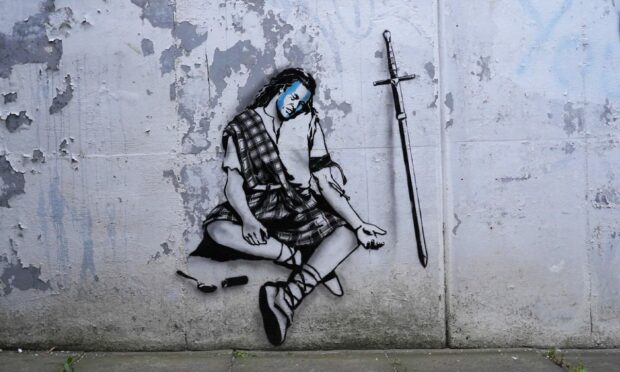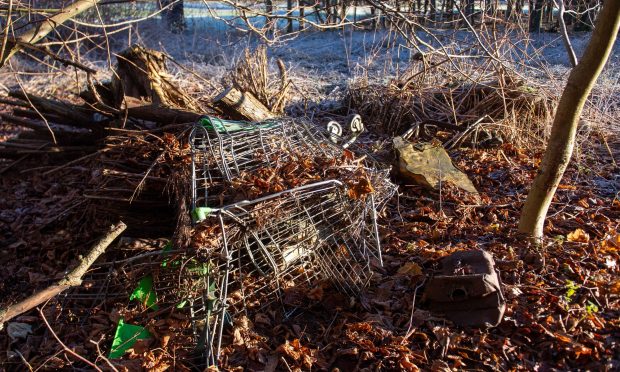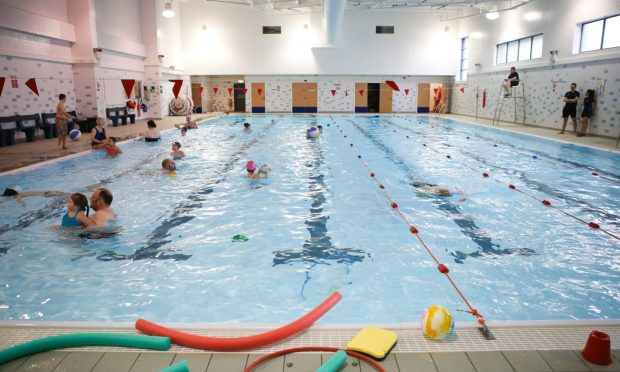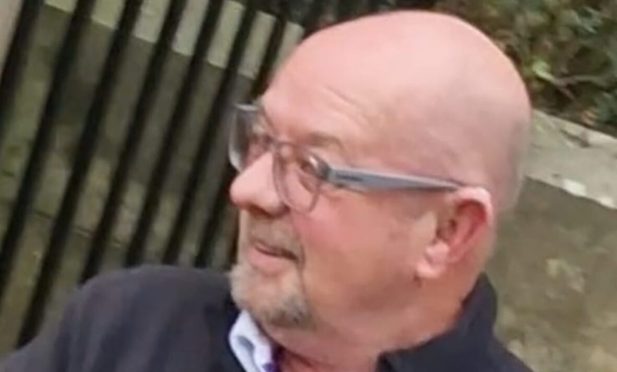The number of drug deaths recorded in Dundee has dropped for the second year running.
A total of 1,330 people died from drug use across Scotland last year – down from 1,339 in 2020.
That included a drop from 57 to 52 in Dundee, according to the National Records of Scotland (NRS).
Number of drug-related deaths rises in Fife
The city has previously been branded the drugs death capital of Scotland, but since 2020 has been below Glasgow for the number of drug deaths per head of population.
In Fife, the number of drug deaths rose by five to 70 last year.
There were 17 drug-related deaths in Angus, up from 14, and 20 in Perth and Kinross, down on the previous year.
Glasgow had the highest drug-related death incidence rate in Scotland in 2021, with 48.97 deaths per 100,000 people.
In the five-year period between 2017 and 2021, Dundee had the highest age-standardised drug death rate of all local authority areas in Scotland with 45.2 deaths per 100,000 of the population.
Glasgow’s age-standardised rate for that period was 44.4 per 100,000 population.
Despite the drop, Scotland’s drug death rate remains the worst in Europe.
The latest figures show there were 242.71 drug-related deaths per one million people in the country last year, down from 244.9 per million the previous year.
It means the country’s drug death rate is 3.7 times the rate in England and Wales – where there was 79.5 drug-related deaths per million people.
Of those who died from using drugs, 65% were aged between 35 and 54.
The number of men who died from drugs fell from 973 in 2020 to 933 in 2021, however the number of women who died increased from 366 to 397.
While welcoming an end to seven annual increases in drugs deaths, drugs policy minister Angela Constance has branded the situation “unacceptable”, and insists work will continue to address the emergency.
The minister admits she is worried about the statistics on females.
She said: “I am concerned about the rise in deaths among women and will look to expand on current steps we are taking including the provision of two mother and child residential recovery houses which will enable women to receive support while staying with their children.
In 93% of all drug deaths, more than one drug was found to be present in the body, and the type of drugs that are implicated in deaths has been changing.
Of all drug-related deaths in 2021, 84% involved opiates or opioids such as heroin, while 69% were linked to benzodiazepines such a diazepam or etizolam.
Benzodiazepines accounted for an increasing number of deaths in recent years, rising from 191 in 2015 to 918 last year – a slight decrease from 2020.
Cocaine was linked to 403 deaths, while drugs like gabapentin and pregablin, used to treat pain and epilepsy, were involved in 36% of deaths.
Julie Ramsay, vital events statistician at NRS, said: “Drug deaths have increased substantially over the past few decades – there were more than five times as many deaths in 2021 compared with 1996. 2021 is the first year since 2013 that drug misuse deaths have not increased.
“In 2021, after adjusting for age, people in the most deprived areas were more than 15 times as likely to have a drug misuse death as those in the least deprived areas.
“This ratio has widened over the past two decades.”











Conversation